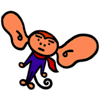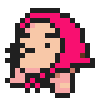Musicians & Artists of MOTHER 3
by: Echoes on 2/26/2020
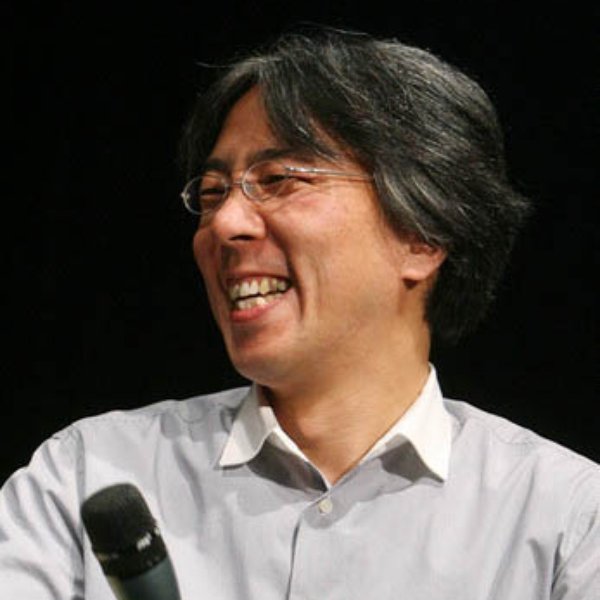
There’s no doubt MOTHER 3 composer Shogo Sakai had big shoes to fill, following the departure of MOTHER 1 and 2 composers Keichi Suzuki and Hirokazu Tanaka. If that wasn’t enough pressure alone, Sakai was also one of the few members carried over from the N64 development team!
However, Itoi always knew Sakai was the right man for the job. Not only because his style would be refreshing after the zenith reached in the first two games; but because in his mind, Sakai understood the story of MOTHER 3 the most.
Naturally, Sakai faced some challenges when converting his compositions to the Game Boy Advance. Ideally, he wanted to recycle previously created music; keeping finances in mind. Instead, Sakai found he was challenged to think in a new creative light, as some of the more slow and leisurely music didn’t fit the game’s new vision:
“…The impression from the spacious N64 screen is different from the impression from the size of the Advance screen—in other words, the game screen naturally chooses the songs for me.”
The Game Boy Advance not only decided on the tempo of songs – but also how many instruments would be included. Because sound is processed through the hardware’s CPU, using too many sound channels would begin to weaken the game’s performance. Many might know Wess’s dance scene is among the most powerful moments in fan memory – but it also has the title of the most powerful moment hardware-wise too. As stated by Sakai, “The CPU is screaming at the last possible moment, and I can’t help but think it’s trying to tell the player something–the latest in technology is fighting a losing battle.”
Not every musical change proved to be a challenge, however. Until December 2005, Itoi and Sakai had agreed on using His Highness’ Theme as MOTHER 3’s main theme. But upon reviewing a crucial scene in the game’s ending, Itoi decided it no longer fit. With only one request in mind asking for “something anyone could hum along with,” Sakai proposed the new “Love Theme” to Itoi almost immediately. Little did they realize this new theme would go on to inspire a new, lighthearted tone for the game – right near the end of development!
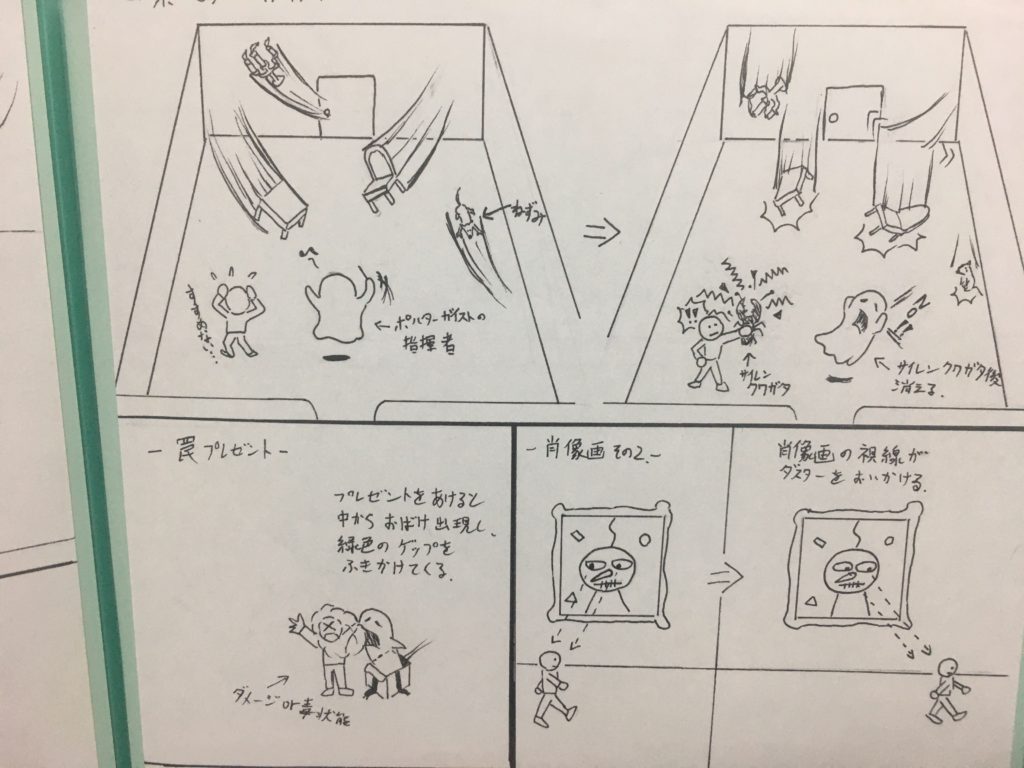
While Sakai was given a lot of freedom in the music he created (with only a few key songs such as “Welcome!” having been requested by Itoi), there were times the visuals had to come first. And as most people are aware, MOTHER 3 underwent an astronomical visual evolution during the course of its development.
In the early stages of pitching a prototype, producer Shinichi Kameoka proposed some rough designs that were eventually rejected. Since Itoi wasn’t initially interested in pixel art, finding the right visuals took a lot of convincing. It was then Event and Battle Designer Akiyuki Suzuki presented Itoi a diagram of Osohe Castle events, to which Itoi proudly proclaimed, “Yes! This background is fantastic!”
It was then decided MOTHER 3 would retain the visual foundation of the first two games. With some direction finally in mind, Art Director Nobuhiro Imagawa finally began creating designs for the characters. First, he would sketch them on paper to “discover their expressions” before converting his art to pixels. During this process, Imagawa found many things that worked, and others that didn’t; some of his initial concepts were far too detailed for the pixel format. Some of this can be seen from an incredibly futuristic Pigmask design, to some early fantasy concepts for the Magypsies.
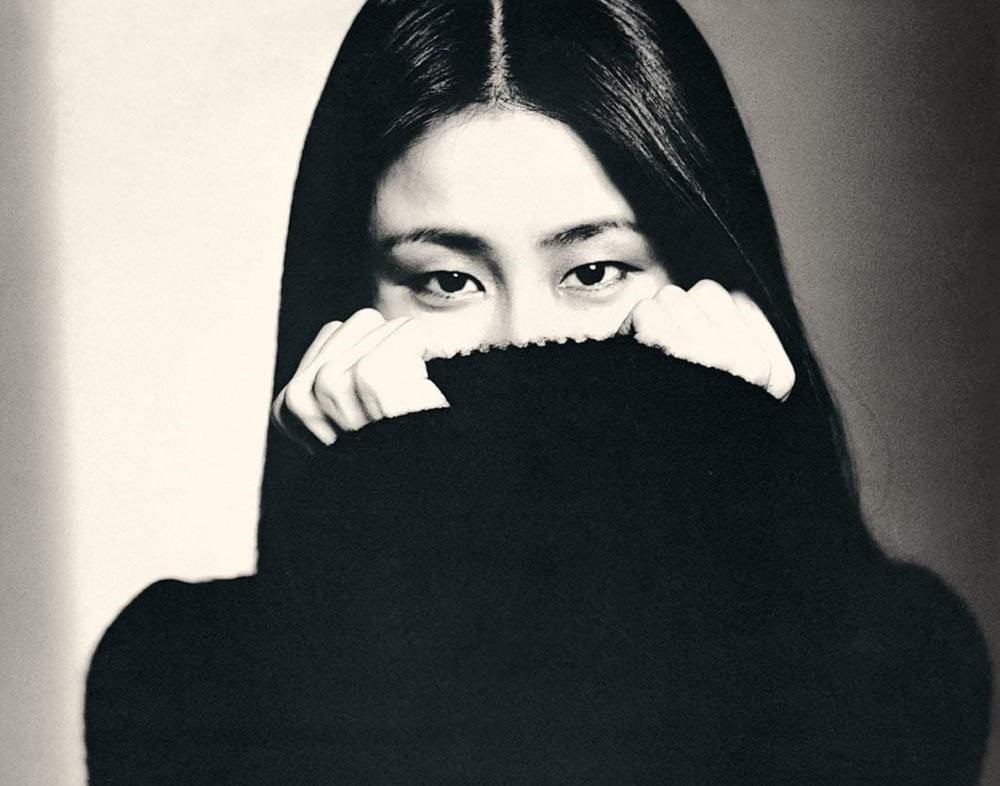
A year after the game’s release on February 7th, 2007, two albums called MOTHER 3+ and MOTHER 3i were made available on the iTunes Store (the former even receiving a physical release.) These were produced as per request of Shogo Sakai, who desired to create “something extra” for the fans. Together with singer and songwriter Taeko Onuki, a lyrical version of the Love Theme was included along with many re-recorded songs.
To celebrate it’s success on the iTunes Store, a public event was held on February 19th; Itoi had even promised to record a video introduction for the event. As all the fans sat down for the show, they were greeted by Itoi’s face on the big screen. Although he thought there was no need to release the soundtrack (as anyone is able to listen to it in the game’s provided music player), he was glad to have been proven wrong. Especially when listening to Onuki’s vocal track, which he called, “…more touching than I had expected, so I hope these nostalgic, sad, and beautiful songs reach you.”
Fans overseas briefly had the chance to download MOTHER 3i on the North American iTunes Store starting in February 2008, but sadly it was removed only a year later. To this day, the reasons behind its removal remains unknown.
Nonetheless, fans still eager to learn more about the creative process behind MOTHER 3 can visit Imagawa and Suzuki’s Twitter accounts. Those who keep a close eye are often rewarded, as they still tend to share concept art every once in a while! There are also many resources when it comes to Sakai’s soundtrack, most notably his MOTHER 3i Liner Notes. The passion of these creators serves as a reminder that MOTHER could only be made possible through the gathering of many creative minds!








